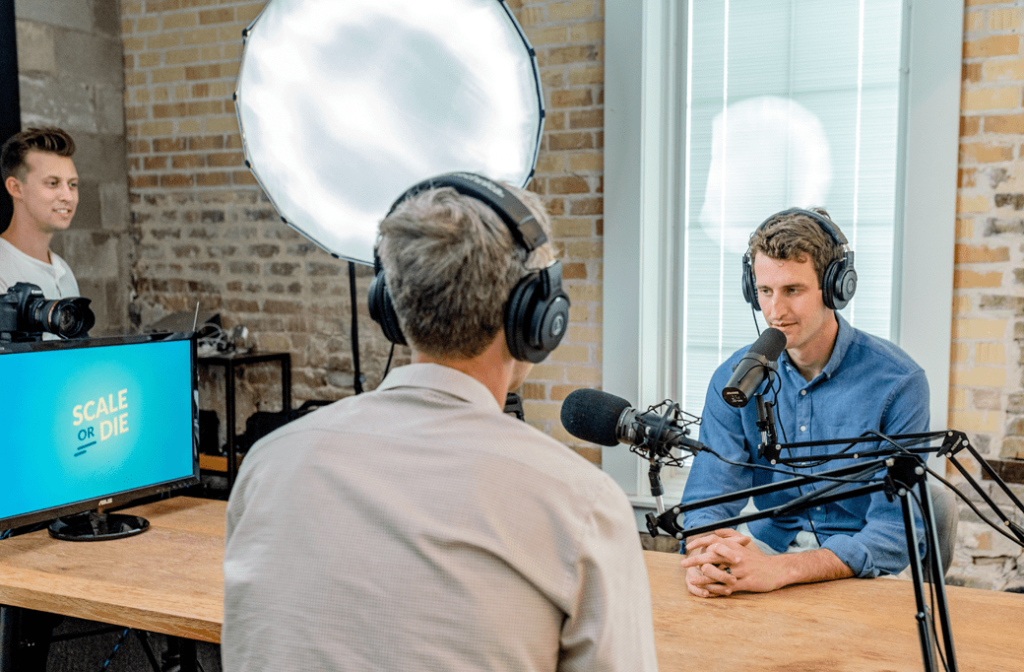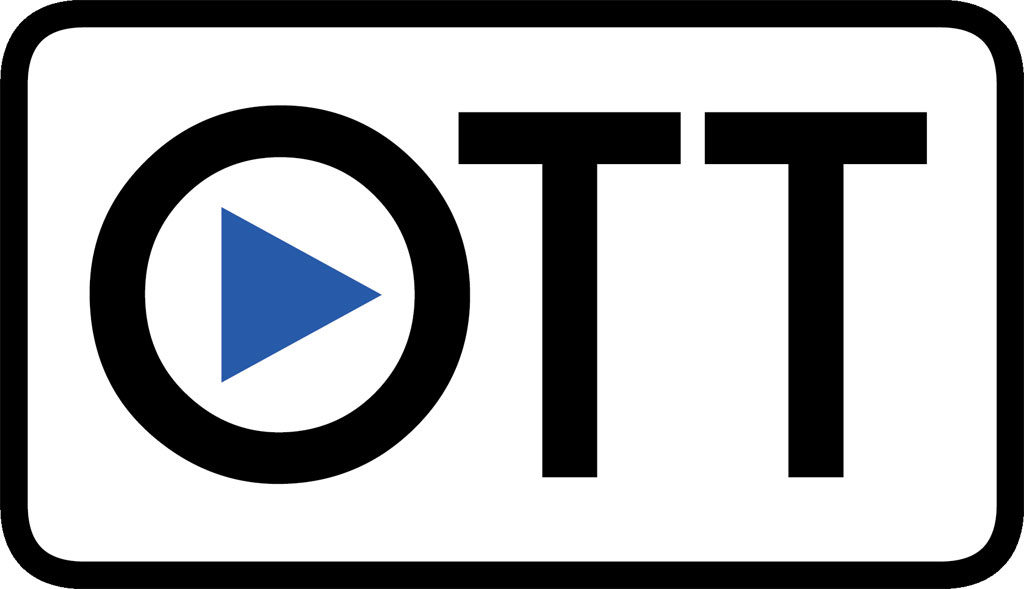Should you be advertising on podcasts?
Chances are, no matter who your customers are, at least some of them are listening to podcasts. According to Edison research, more than half the US population has listened to at least one podcast, and nearly one third of the US population listens at least once a month.
The demographics on those listeners are diverse. They span a wide age range and are near evenly split between male and female listeners. They do tend to skew towards higher income and education levels.
Why have podcasts become so popular? Because you can find one on pretty much any topic. With over 700,000 active podcasts available, there’s one to suit any interest. Comedy? Check. True Crime? Yep! Current events, science, self-help, pop culture, politics, religion or food? Absolutely.
Once listeners start, they don’t like to stop. The average podcast runs about 43 minutes, according to podnews.net, and more than 80% of listeners will listen to a complete episode. That makes the estimated $500 million dollars businesses will spend on podcast advertising by 2020 a pretty solid investment.
If you’re going to explore this medium, connecting with your audience is key. Choose a podcast where listeners are likely to relate with your product. As with other platforms like Twitter and Instagram, users are moving away from staged ads in favor of messages that feel more authentic.
There are two types of ads: baked in and dynamic insertion. A baked in ad is read by the host and becomes part of the podcast forever. Dynamically inserted ads are put into a podcast through a server on an on-demand basis, which allows advertisers to more precisely target their audience. Ads are billed either cost per acquisition (CPA) or cost per mille (CPM). A CPA ad charges the advertiser for each customer the ad campaign wins. A CPM ad charges a set rate for each 1,000 customers reached. Ads can run pre-roll (at the beginning of the podcast), mid-roll (within the body of the podcast) or outro, which is the last call to action at the end of a podcast.
As with any marketing campaign, you need to have a clearly defined goal and budget, and an awareness of how this campaign fits in with your larger marketing strategy.




